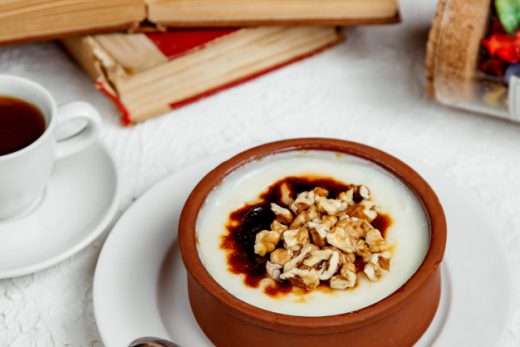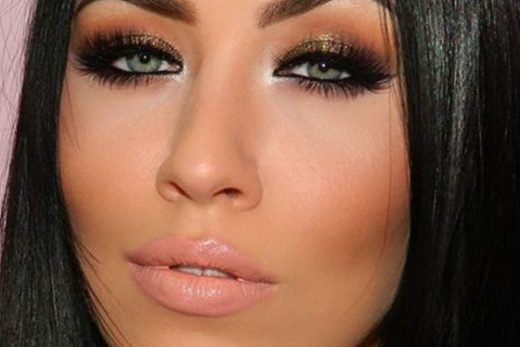Cover up blemishes and acne
If you’ve already addressed acne with your skincare routine but are looking to hide any bumps or redness in the interim, here’s the foolproof guide:
- Formula: “Choose a heavier cream formula like a stick concealer,” advises Whelan. Denser cream formulas are designed to stay put on a spot.
- Shade: A green- or yellow-tinted formula will help neutralize the redness of the spot. Top with a creamy concealer that closely matches your skin tone.
- Application: To target the blemish, Whelan suggests applying with “a fine pointed brush to place the concealer exactly where you want it to go.
- Gently blend the edges of the concealer with a brush, edge of sponge, or finger to blend into the skin for a seamless blend.”
Camouflage dark spots
Whether it’s from sun or age, dark spots on the face are extremely common. Here’s how to cover them:
- Formula: “Choose a heavier cream formula to cover sun/age spots,” “Pots and creams are a heavier coverage and they tend to stay in place after setting them with powder,” The formula should be dense enough to fully camouflage the darkness.
- Shade: “Normally you can choose a concealer shade that matches your foundation color,”, but if your spots are highly pigmented, a peach undertone will neutralize the dark brown cast.
- Application: “Apply foundation firstto even out the skin tone, then apply concealer to the spot for maximum coverage,”
- “If you are trying to tone down dryness, make sure to use a hydrating formula and not a matte one.
Expertly cover up scars
If you have any scars or hyperpigmentation you’re looking to obscure (on your face or otherwise), try these expert tips:
- Formula: For a small scar, a crayon or pencil formula is great; for larger scars, reach for a pot concealer for the best coverage: “Liquid wouldn’t be a good choice because it moves around on the face and its formula isn’t heavy enough to conceal,”
- Shade: Look for a color that matches the surrounding skin exactly for the most believable blend.
- Application: If using a crayon, simply trace or fill in the mark with the fine point. For larger or darker scars, apply pot or cream concealer using a brush or your fingers.
Know how to use concealer on mature skin
Application tips change when you’re applying concealer on dry skin, or on top of wrinkles and fine lines. Keep these important tips in mind:
- Formula: “Your skin will look unnatural if you try to mask the area with heavy concealers,” cautions Whelan. Instead, choose a medium coverage liquid concealer that won’t settle into fine lines or wrinkles.
- Shade: Shop undertones based on the area you’re looking to correct, whether dark spots, undereyes, or redness. A luminizing formula will reflect light and add a glow to the skin, but make sure it’s not entering shimmery territory, which will actually accentuate visible signs of aging.
- Application: Buff on with a small fluffy eyeshadow brush for a natural-looking finish. This will “minimize the flaws while still making your skin look as fresh and natural as possible,”
Set it to make it last
Prevent concealer from getting cakey or settling in the creases around your eyes by blotting the excess product after application. Split a tissue into two layers, and press one of the sheets against skin to remove excess oil or too-thick product.
“If you have oily skin, make sure you set [your concealer] with a powder to avoid it moving around,” Do so by “lightly tapping a loose translucent powder over the area,”
“This helps the concealer stay in place throughout the day.”





